
The weather was so cold that by the time we made the 30-minute walk to Djurgården, the bottoms of my feet were growing numb. I had been to this little island twice before—and on both occasions it definitely wasn’t at the end of November—but even returning now with a pale face and red nose, I was giddy with anticipation. It’s because I was bringing people back to see what I had once witnessed: a snapshot in time that, if all had gone well, would not exist in the present day.
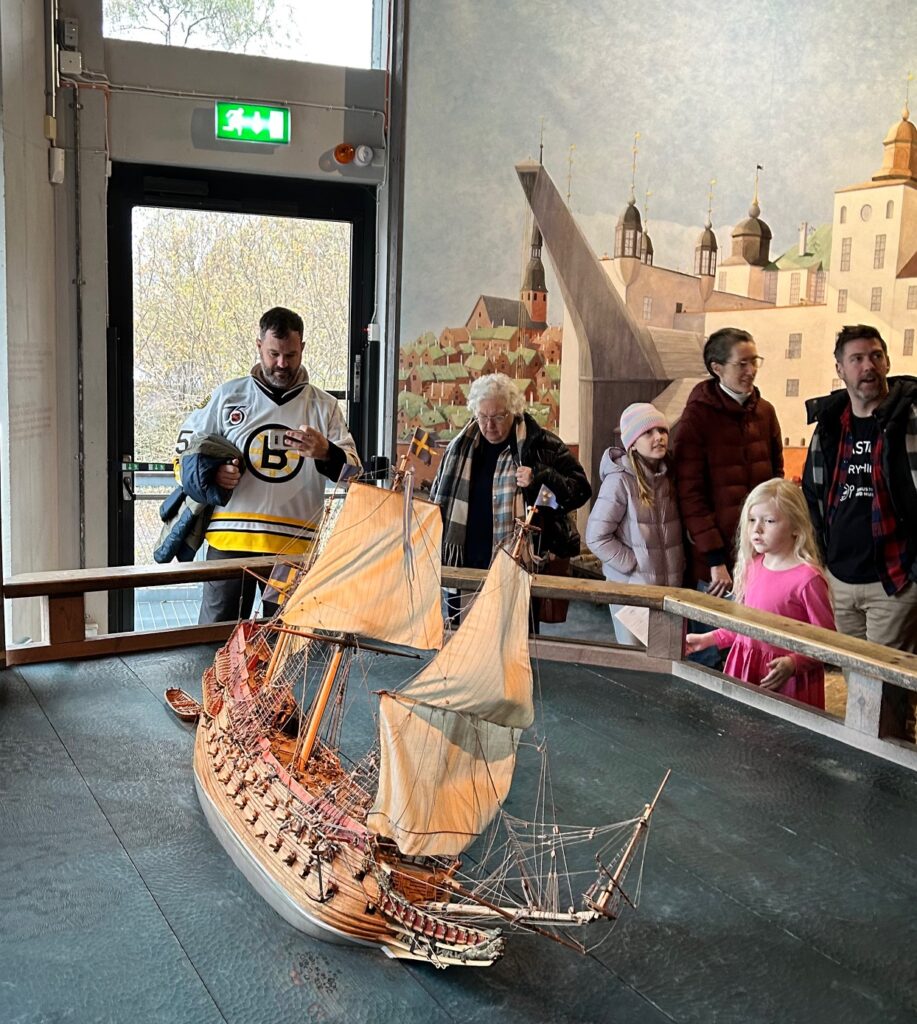
The Vasa Museum in central Stockholm is a structure built to house an oak timber Swedish warship that unceremoniously sunk upon launching in the year 1628. The magnificent ship took two years to build and, as the museum website notes, “for a brief few minutes…was the most powerfully armed ship in the Baltic, if not the world, a floating fortress to be feared from Reval to Copenhagen.” They say “briefly” because the ship only ever sailed 1,400 yards before listing too heavily to port while encountering a gust of wind passing through a set of bluffs. Water entered through the cannon ports, latched open to salute the city of Stockholm, and water came rushing into the ship.
Think of a task that you once invested so much time and effort into, all while presuming that the end product would be something you knew that you’d feel really good about. It could range from a man made item or the fostering of an interpersonal relationship…but then you suddenly hit an unexpected speed bump and the trajectory is drastically changed. It’s distressing, embarrassing and demoralizing ….so many sub-emotions wrapped into an unwelcome outcome.
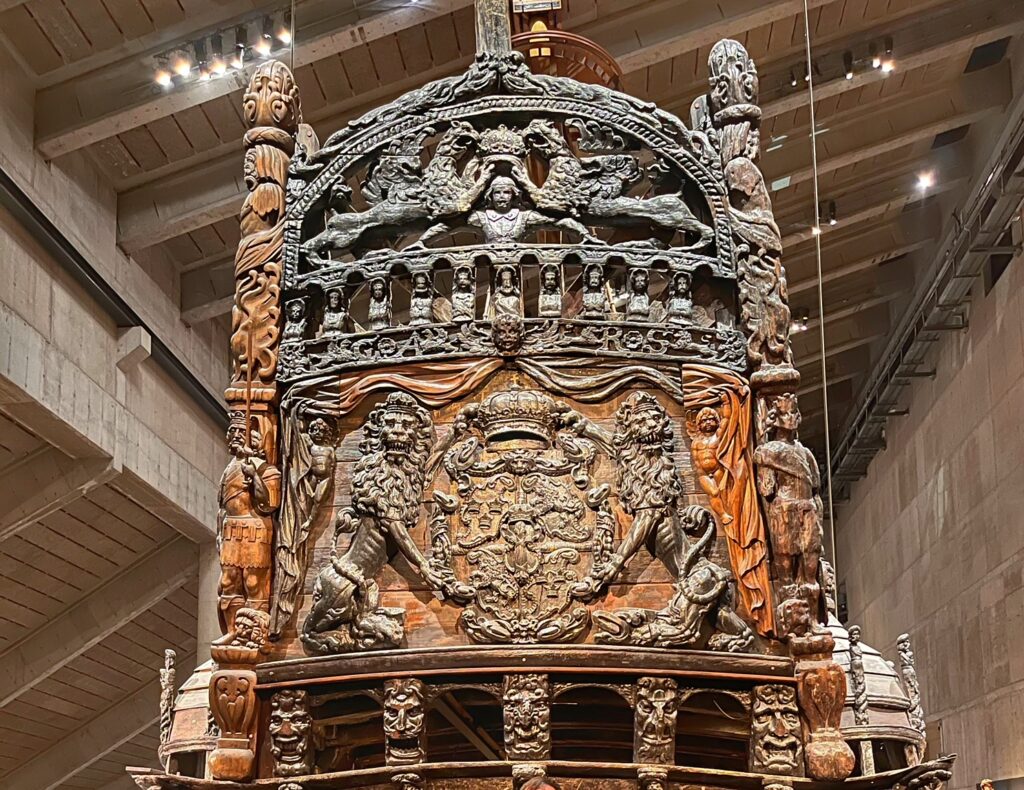
The aesthetics of the Vasa ship, now sitting on supports in the museum, was ornate to the point that you couldn’t believe that this would be a ship to take into battle. It boasts nearly 500 pieces of wood carvings that depict events from Roman emperors to Swedish Royalty, and evidence shows that large parts of the hull were painted bright red and yellow.
It’s an easy thing to read up on the history of the Vasa and chuckle a bit. Indeed, as my brother sat next to me in the museum’s theater seating to watch an introduction on the ship, he reflexively snickered when the narrator said that the ship “majestically sailed through Stockholm harbor”. The story is almost tragi-comic as you learn about the major structural miscalculation that took the ship down before it even had a chance to fight. The center of gravity was too high above the water. Onlookers who were gathered on the shore to see the ship off were horrified at what they witnessed. Those short-term passengers who were set to disembark shortly after the initial launch…well I can’t imagine how they were feeling about the spectacular failure in maritime construction.
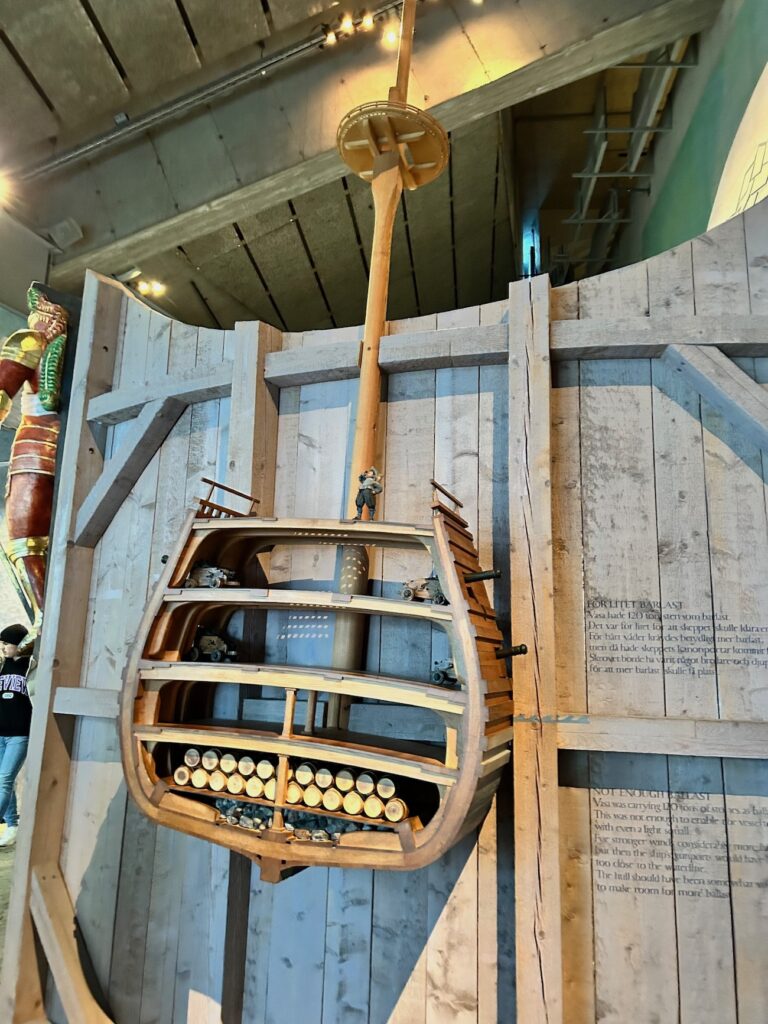
For a ship whose career lasted a whole twenty minutes, you can make the claim that today, it has served as an invaluable teaching tool not only for shipboard construction, but also for conservation, and comprehension of a period that has long since rotted away. This is because the ship sank and rested in the cold and oxygen-deprived waters of the Baltic Sea. With the exception of going down to retrieve its cannons, the Vasa was largely untouched for hundreds of years.
If you’ve got a Christmas afternoon with nothing else to do, I can’t recommend enough watching a video or two about how the Swedes eventually raised and brought the Vasa to its current state in the museum. It is not only incredible to witness the impressive state of preservation, but also the painstaking work Sweden took to bring it to our modern-day eyes. What you get when going to a place like the Vasa Museum is your best chance at entering a time machine. No history book or woodcut is able to give you so much to think about so many aspects of 17thcentury ship and the people who lived and worked aboard.
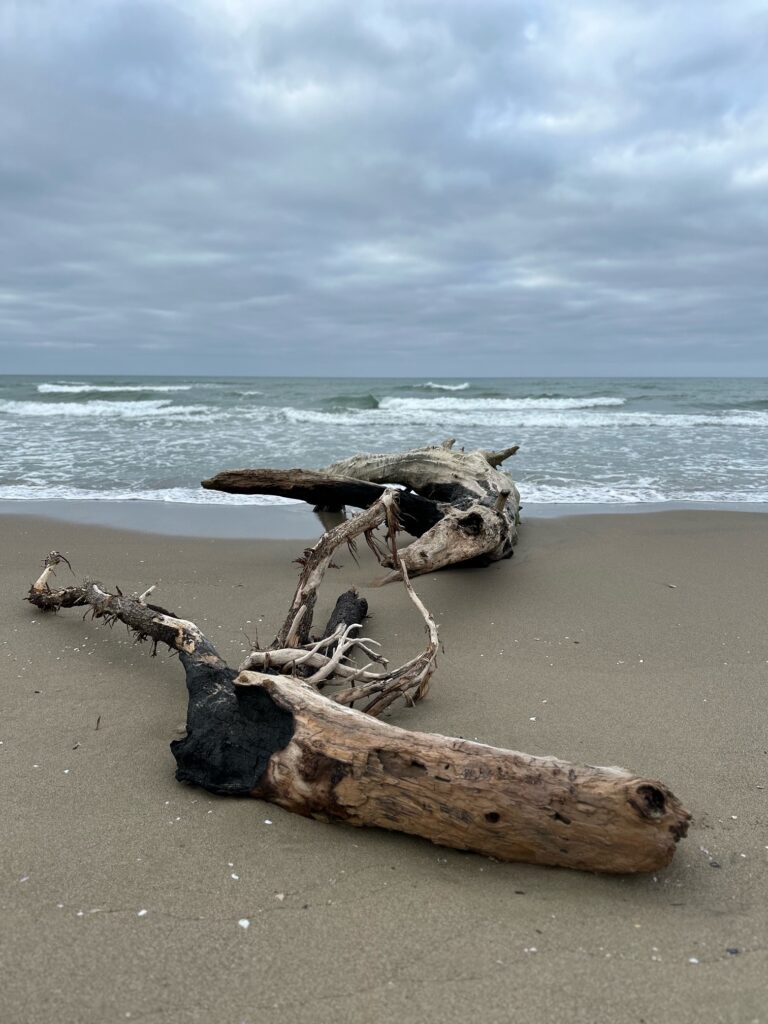
Perhaps I am biased in my interest in the Vasa, due to the nature of my occupation. But I can also say that I have visited many museums in many different places. And many do a great job at recreating a time long gone. But so much of what humans have built throughout history was not made to endure—especially when we talk about biodegradable components and societies developed in punishing environmental conditions. Indeed, while touring a museum in Accra earlier this year, the guide took us through a verbal history of west and northern Africa through the past thousand years—all the while only referring to maps on the wall. I found it to be incredibly instructive—but imagined how much more we could learn by going back in time and seeing these kingdoms for ourselves. The Vasa in its current state should not look as good as it does, but a whole bunch of dumb luck has preserved it for us up to this point.
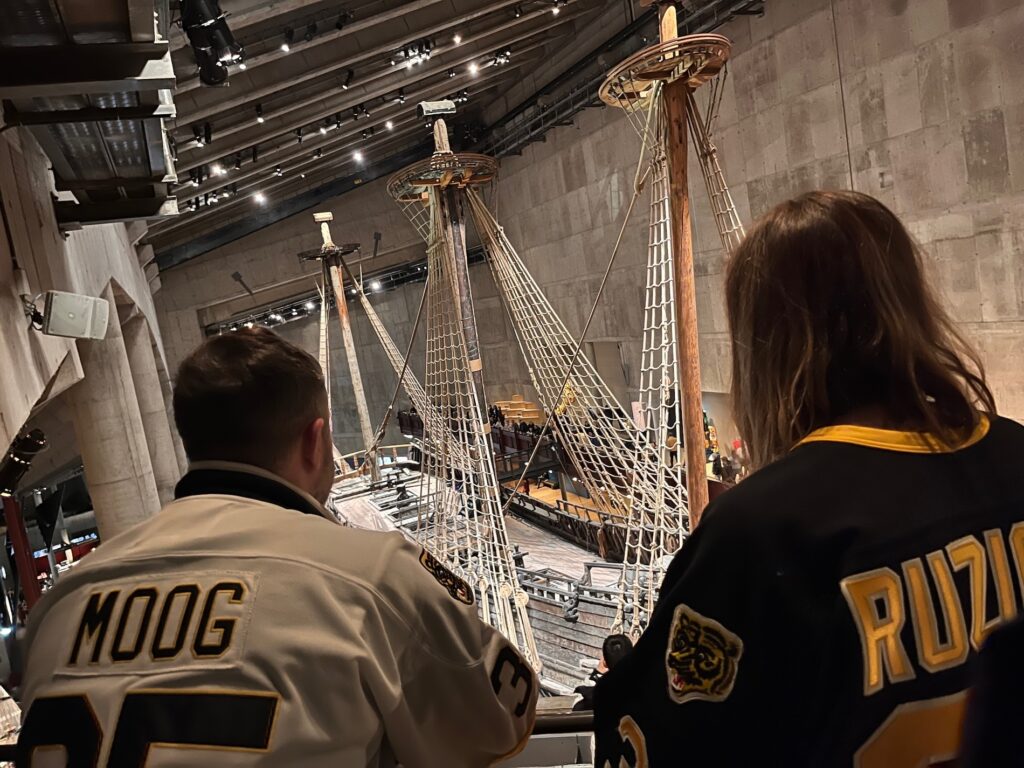
While I’d be hard-pressed to wager that any of my own personal failed enterprises might one day end up as something incredibly cool or useful, I can say that the irony of a ship like the Vasa is something incredibly compelling. It says something about at least one aspect of the lived experience. That we have things to learn from, and lessons to take forward if given the chance. And to be fair, 30 people did not escape from the ship on that fateful day in 1628, so it is not all just a tragicomic story where nobody got hurt. I can only imagine how much of a mess it was to the Swedish king, as well as the well-established shipbuilder and so many laborers. I also admit that for some, not all tragedies can end with a silver lining. Vasa’s lifespan has been more than extended, all because of a freak of nature. Life simply happens as the elements and planetary rotation spin together like an unsolved Rubik’s Cube.
Experts in Sweden are currently working to preserve the Vasa further—as careful surveys show that she is degrading and slowly collapsing in on herself. This is a factor of both nature in time now that she has been pulled from the floor of the Baltic Sea. I can’t recommend a visit enough, to anyone who even has a passing interest in maritime history or just really cool ships that you can get up close and really have a conversation with. In the end its legacy is a rather majestic one—even if it never managed to carry out its original purpose.